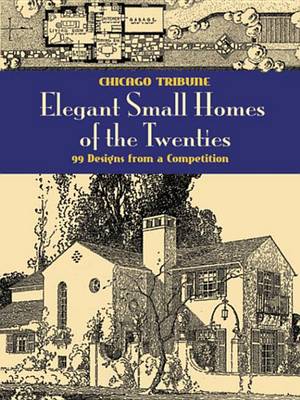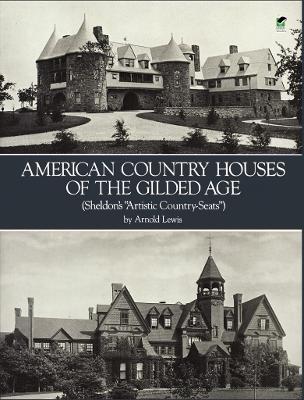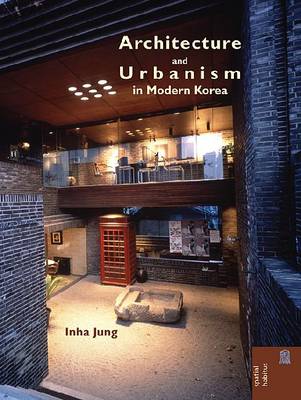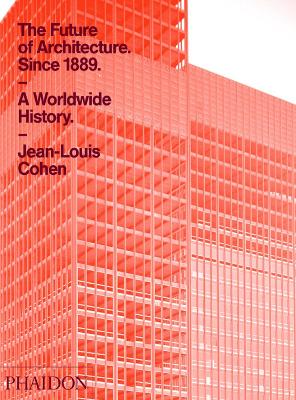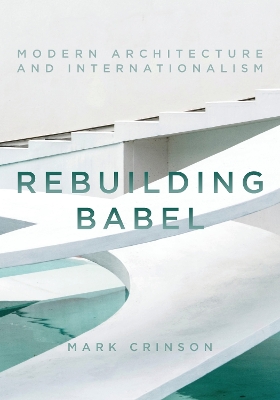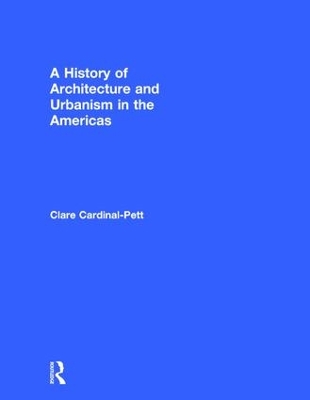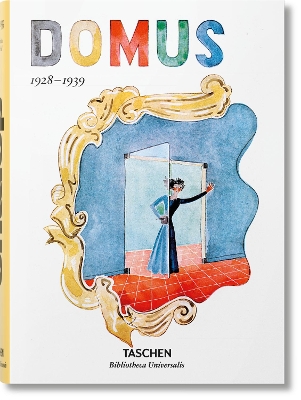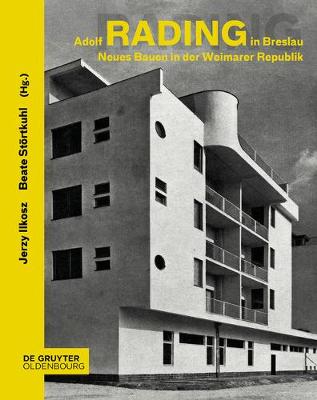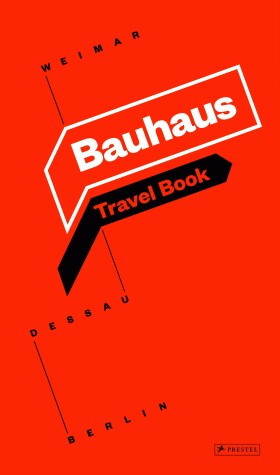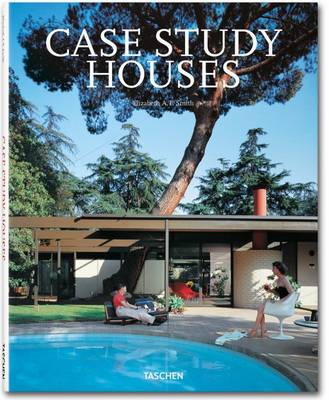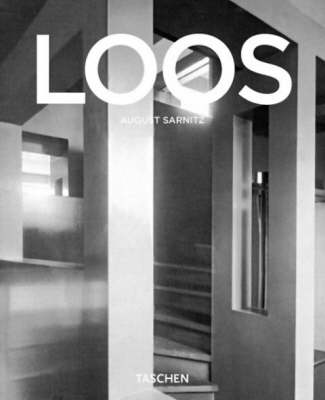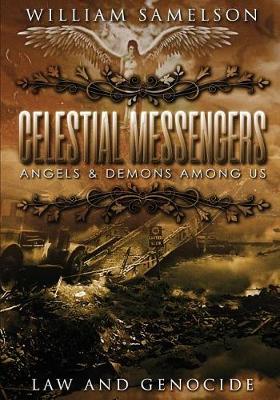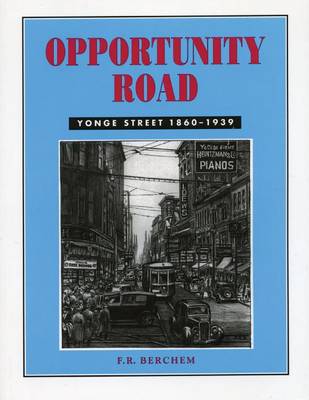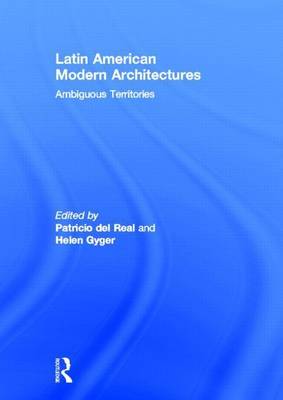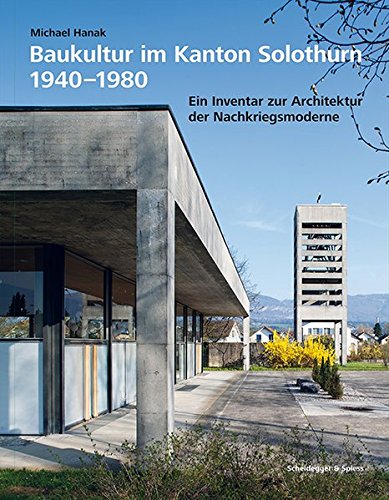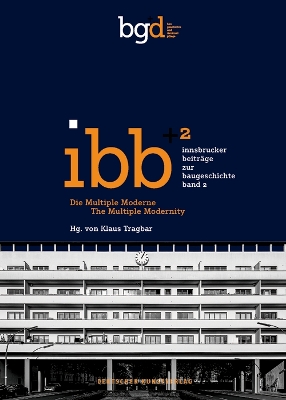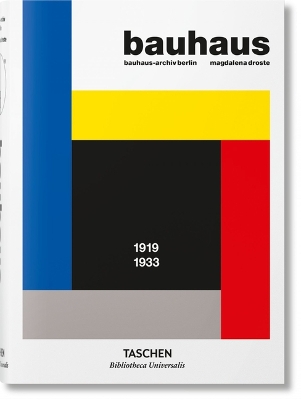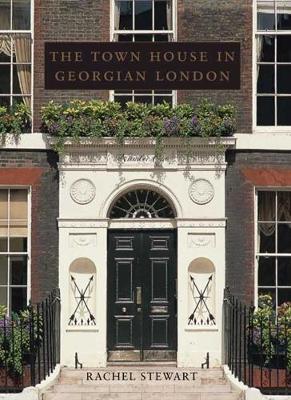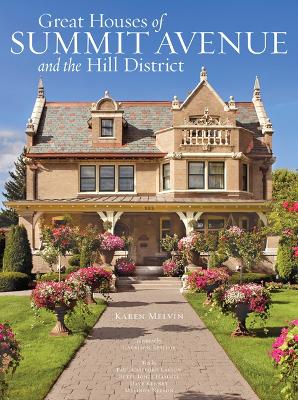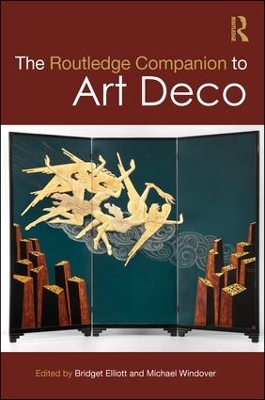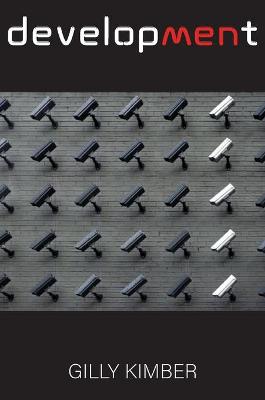American Country Houses of the Gilded Age (Sheldon's "Artistic Country-Seats") (Dover Architecture)
by A. Lewis
Although modernisation in Korea started more than a century later than in the West, it has worked as a prominent ideology throughout the past century-in particular it has brought radical changes in Korean architecture and cities. Traditional structures and ways of life have been thoroughly uprooted in modernity's continuous negation of the past. This book presents a comprehensive overview of architectural development and urbanization in Korea within the broad framework of modernization. Twenti...
The Future of Architecture Since 1889 is the definitive history of this extraordinary period. Author Jean-Louis Cohen, one of the world's leading architectural historians, has written a wide-ranging and compelling account of the developments that have shaped the world we live in today.Covering the entire twentieth century and beyond, from the Paris Universal Explosition of 1889 to the early twenty-first century's globalized architecture culture, this book contains not only hundreds of drawings a...
Much of modernist architecture was inspired by the emergence of internationalism: the ethics and politics of world peace, justice and unity through global collaboration. Mark Crinson here shows how the ideals represented by the Tower of Babel - built, so the story goes, by people united by one language - were effectively adapted by internationalist architecture, its styles and practices, in the modern period. Focusing particularly on the points of convergence between modernist and internationali...
A History of Architecture and Urbanism in the Americas
by Clare Cardinal-Pett
A History of Architecture and Urbanism in the Americas is the first comprehensive survey to narrate the urbanization of the Western Hemisphere, from the Arctic Circle to Antarctica, making it a vital resource to help you understand the built environment in this part of the world. The book combines the latest scholarship about the indigenous past with an environmental history approach covering issues of climate, geology, and biology, so that you'll see the relationship between urban and rural in...
Offering an unrivaled record of architecture and design, the "living diary" of domus was founded by Gio Ponti in 1928. Through the years and decades that followed, the journal charted the major themes and movements of industrial, interior, product, and structural design with an eye for creative excellence as much as editorial rigor. This fresh reprint features domus's coverage from the transformative years between 1928 and 1939. It is an era famed for the emergence of the International Style wh...
Established in 1919 in Weimar, the Bauhaus college for design influenced one of the world's most important Modernist movements. Divided into three geographic sections that follow the locations of the school-Weimar (1919-25), Dessau (1925-33), and Berlin (1933)-this unique travel guide leads readers through the most important Bauhaus structures in Germany. Each section features important sites that are given historical background. These entries are illustrated with historic and contemporary photo...
Case Study Houses (Bibliotheca Universalis) (Taschen Basic Art)
by Elizabeth A. T. Smith
This is TASCHEN's 25th anniversary - special edition! This is the pioneering project that sought to bring modernism to the masses. The Case Study House program (1945-1966) was an exceptional, innovative event in the history of American architecture and remains to this day unique. The program, which concentrated on the Los Angeles area and oversaw the design of 36 prototype homes, sought to make available plans for modern residences that could be easily and cheaply constructed during the postwar...
The innovative and radical early Modernist Mankind loves everything that serves his comfort. He hates everything that wants to tear him from his habitual and safe position and that bothers him. And thus he loves the building and hates art. --Adolf Loos Widely regarded as one of the most significant prophets of modern architecture, Adolf Loos (1870-1933) was a star in his own time, known throughout Vienna as an outspoken, audacious dandy and moralist who defied the establishment and repudiated t...
Looking at zoological gardens, private menageries, circuses, and natural history museums, this fascinating account explores the surprising extent of the exotic-animal trade in 19th-century England and its colonies. Filled with entertaining anecdotes-from the tiger that prowled down St. George's Street in London with a boy in its mouth and the polar bear that killed a dog in Liverpool to the kangaroos hopping around the lawns of stately homes and the boa constrictor who got loose in Tunbridge Wel...
Latin American Modern Architectures: Ambiguous Territories has thirteen new essays from a range of distinguished architectural historians to help you understand the region's rich and varied architecture. It will also introduce you to major projects that have not been written about in English. A foreword by historian Kenneth Frampton sets the stage for essays on well-known architects, such as Lucio Costa and Felix Candela, which will show you unfamiliar aspects of their work, and for essays on th...
Die Multiple Moderne / The Multiple Modernity (Innsbrucker Beitrage Zur Baugeschichte, #2)
The architecture of the interwar period is still often described solely with terms such as classical modernism, Neues Bauen, or the International Style. But, for some time, there have also been calls to expand the perspective and to consider modernism in a more differentiated way. The 100-year anniversary of the Bauhaus provides an occasion to take a critical look at the architecture of modernism and to discuss the concept of multiple modernisms. The texts describe the Bauhaus between self-pr...
Bauhaus. Edition Actualisee (Bibliotheca Universalis)
by Magdalena Droste
Stepping away from conventional analyses of materials or style and into the previously unexplored world of the house owner, this book takes a fresh look at both the social, as well as the architectural, importance of the 18th-century London town house. Drawing on rich and entertaining evidence-both documentary and anecdotal-Rachel Stewart explores why, and how, so many people pursued life in the city. She not only discusses some of the major architects of the day and their most famous buildings...
The Routledge Companion to Art Deco (Routledge Art History and Visual Studies Companions)
Scholarly interest in Art Deco has grown rapidly over the past fifty years, spanning different academic disciplines. This volume provides a guide to the current state of the field of Art Deco research by highlighting past accomplishments and promising new directions. Chapters are presented in five sections based on key concepts: migration, public culture, fashion, politics, and Art Deco’s afterlife in heritage restoration and new media. The book provides a range of perspectives on and approaches...
